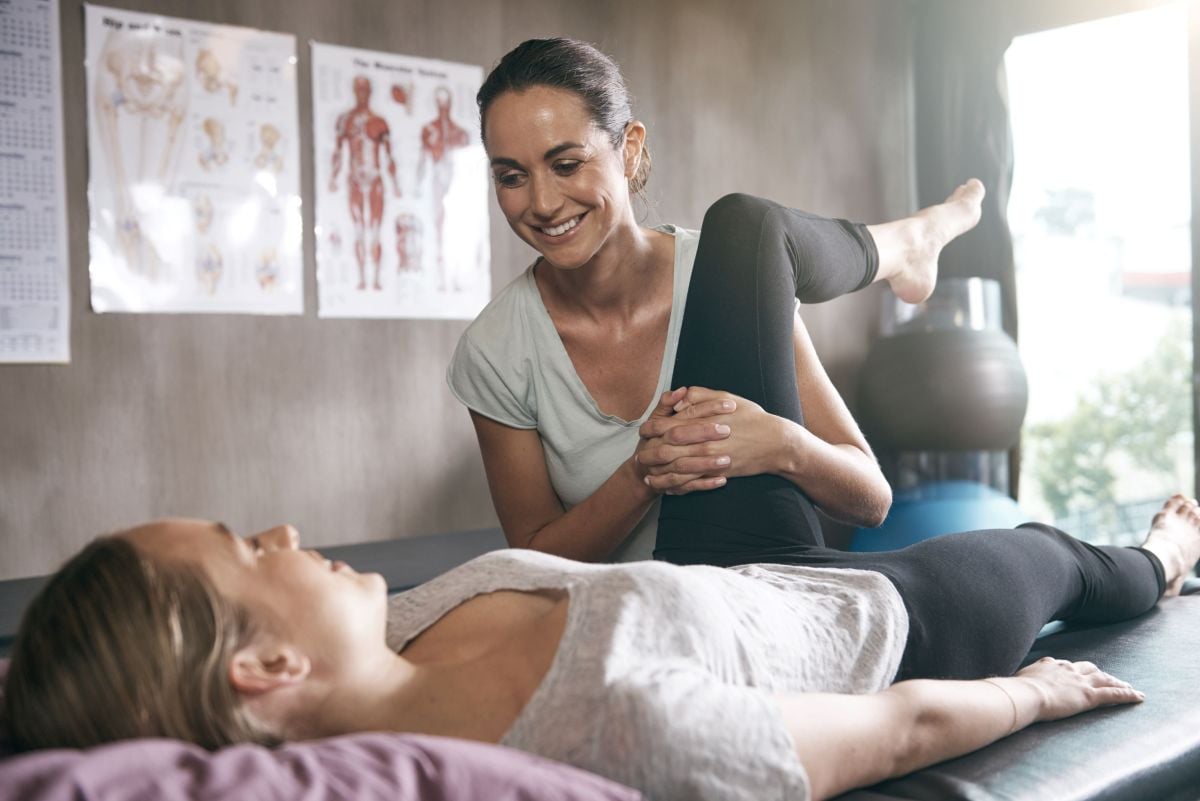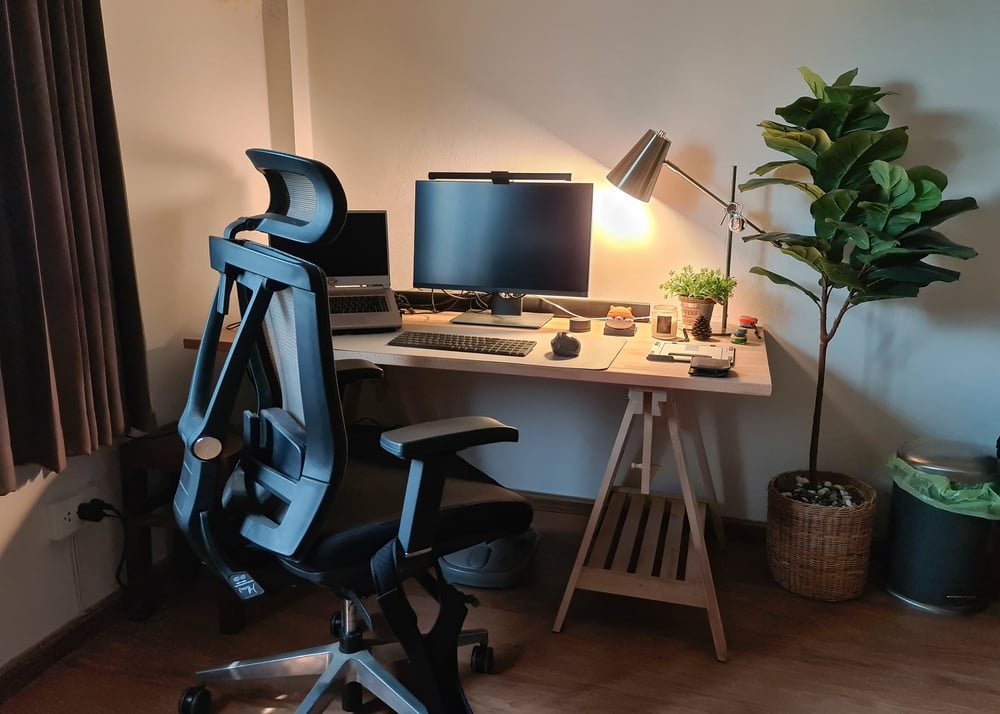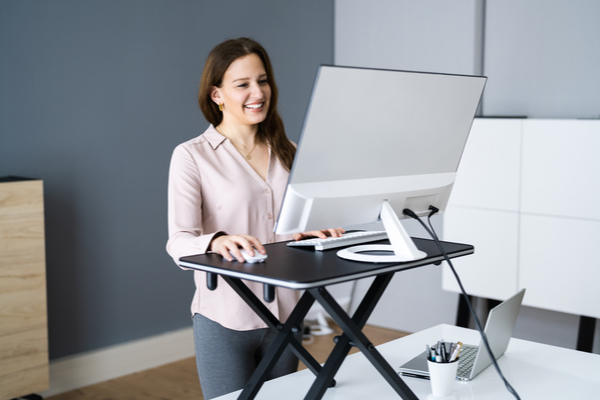
Improve the ergonomics of your at-home workstation
With the current circumstances, a lot of us are working from home. Although it can feel alright in the short-term, it could potentially have long-term consequences on your musculoskeletal health if ergonomics is not considered.
The lack of an appropriately setup ergonomic workstation may lead to experiencing low back pain or tightness in the neck and shoulders due to bad posture and lack of support while working from home.
What is Ergonomics?
Ergonomics can be described as a science that is concerned with how humans interact with objects around them. In an office workspace, for instance, the objects of interaction would be the desk, chair, computer monitor, keyboard, and mouse. A healthcare practitioner uses ergonomics to ensure that the office worker is interacting with these objects in a way that would minimize any strain/injury to their body.
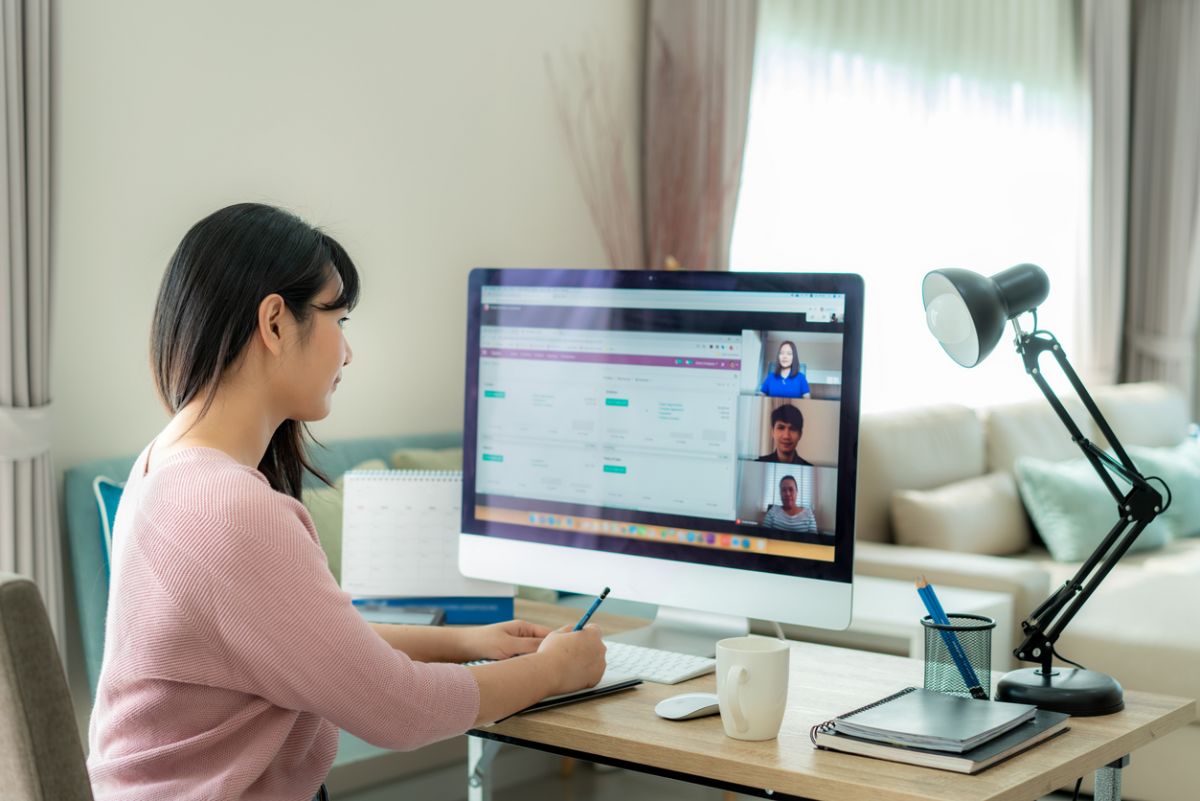
How to setup your workstation at home
There are generally three kinds of home workstations, but the same rules of ergonomics apply to all of them – sitting at a desk or table, standing at a table or kitchen counter or when there is no other alternative, the couch.
For all three types of workstations, including your workstation in the office (if you're back to working in person) keep in mind the 90 Rule: keep 90 degree angles at the ankles, knees, hips and elbows when seated, and 90 degree angles at the ankles and elbows when standing.
Desk/table workstation
- Desk and seat height: your seat should be adjusted to the height where you can have your elbows at 90 degrees when using your keyboard.
- Back support: you might want to place a small pillow or rolled up towel in the natural curve of your low back to help provide some back support.
- Foot positioning: in some cases, adjusting the seat to accommodate for desk height can cause difficulty with placing the feet flat on the ground to achieve 90 degrees at the ankles. In this case, use an object such as a yoga block to place the feet on.
- Computer screen: If you are using a desktop rather than a laptop, be sure to adjust the monitor in a way that it is directly at eye level to avoid looking downward. You may want to place it on a textbook or block to elevate the surface if the monitor is not adjustable. For a laptop, consider an external keyboard and mouse to allow your monitor to be elevated to eye level.
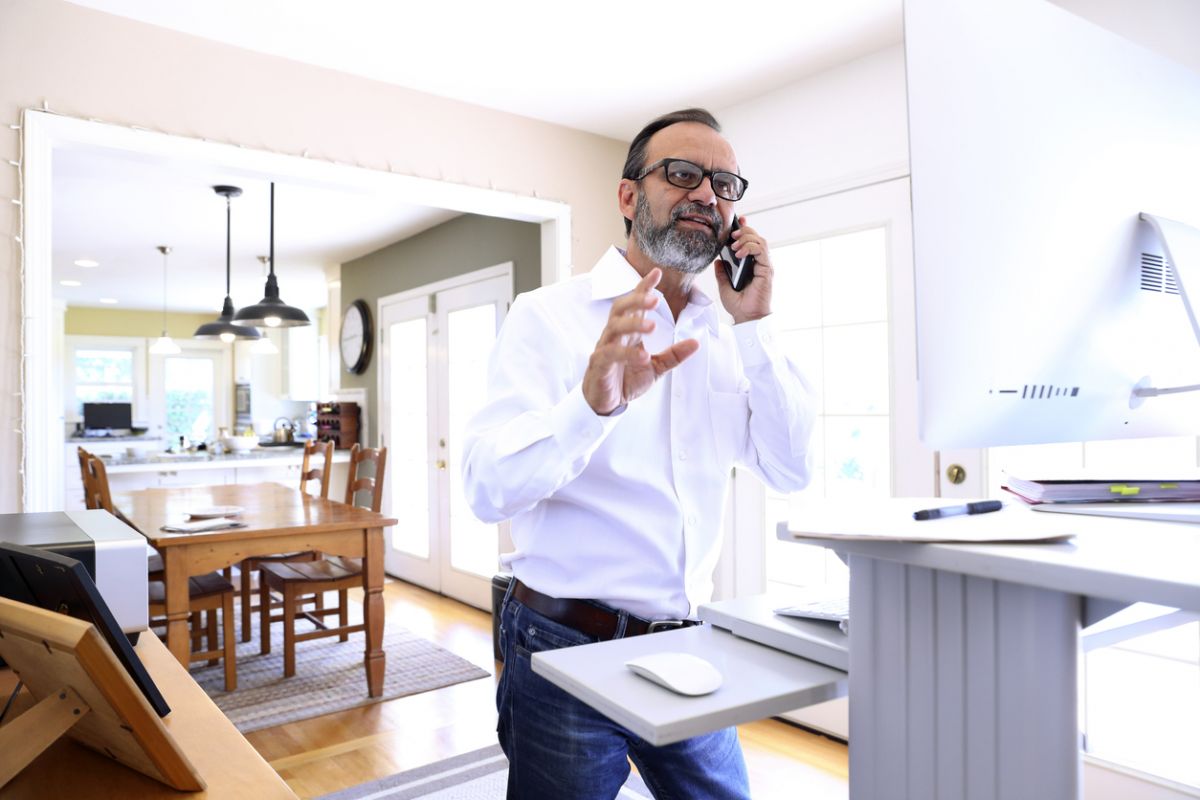
Standing workstation
- Your standing workstation might be the kitchen counter, or maybe you just want to take a break from sitting at your desk. In this case, you can use books to elevate the surface your laptop is placed on to achieve a 90-degree angle at the elbows.
- Avoid a forward bend in your neck while looking at your screen.
Couch workstation
- Use only if you do not have another option.
- Take frequent breaks to stretch and change positions.
- To maintain a neutral posture (90 rule): pillows can be used to provide back support as well as to elevate the height of your laptop, preventing your wrists from bending as you type.
- Avoid a forward bend in your neck.
- Foot positioning: similar to sitting at a table, if you are unable to place your feet flat on the floor, you can use an object such as a yoga block to achieve the 90 rule.
In addition to a proper ergonomic setup, it is important to be mindful of your posture when sitting or standing, incorporate regular breaks to avoid remaining in one position for long periods of time.
If you’d like assistance with assessing your home workstation or need help relieving pain you’ve developed over the past few months, you can schedule an appointment through Virtual Care or in-person services. Contact a Lifemark clinic near you or book an appointment online.

